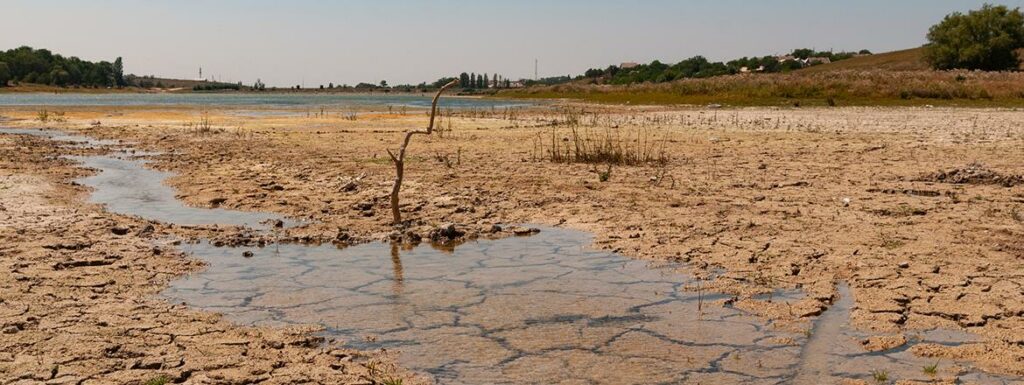The terrible flooding on Canada’s west coast has introduced a new term into the climate lexicon: “atmospheric river” or AR. ARs aren’t new, but the ability to track them with satellites is relatively new, and the IPCC hasn’t discussed them before. The research is summarized in Chapter 8 of AR6 (no relation) in two sections, which we summarize herewith, starting with the concluding paragraph then, at the link, the main text. “In summary, it is likely that there was an increasing trend in the AR activity in the eastern North Pacific since the mid-20th century. However, there is low confidence in the magnitude of this trend and no formal attribution, although such an increase in activity is consistent with the expected and observed increase in precipitable water associated with human-induced global warming.”
From Section 8.3.2.8.2:
Atmospheric rivers (ARs) are long, narrow (up to a few hundred km wide), shallow (up to few km deep) and transient corridors of strong horizontal water vapour transport that are typically associated with a low-level jet stream ahead of the cold front of an extratropical cyclone (--). Atmospheric rivers were not assessed in AR5. ARs are associated with atmospheric moisture transport from the tropics to the mid and high latitudes (--), although the drivers of moisture transport relative to the different airstreams within extratropical cyclones remains a subject of current study (--). While much previous research has focused on the west coast of North America, ARs occur throughout extratropical and polar regions (--) and are often associated with locally-heavy precipitation, including a substantial fraction of all midlatitude extreme precipitation events (--). ARs also affect East Asia strongly during the period from late spring to summer (--). ARs can be related to warming/melt events trough the intrusions of warm and moist air in Antarctica, Greenland and New Zealand (--), contributing about 45-60% of total annual precipitation in subtropical South America (--). They also transport moisture from South America to the western and central South Atlantic, feeding the ARs that reach the west coast of South Africa (--). However, the estimation of precipitation rate from ARs can have large uncertainties, especially as ARs hit topographically complex coastal regions (--), which can cause complexities in quantifying AR-related precipitation.
Analysis of observed trends in the characteristics of ARs has been limited. (--) and (--) have shown a rising trend in land-falling AR activity over the west coast of North American since 1948. (--) have also documented a seasonally-asymmetric warming of ARs affecting the United States West Coast since 1980, which has hydrological implications for the timing and magnitude of regional runoff. Longer-term paleoclimate analysis of ARs is even more limited, although (--) reported that in the last glacial maximum, AR landfalls over the North America west coast were shifted southward compared to the present conditions.
In summary, it is likely that there was an increasing trend in the AR activity in the eastern North Pacific since the mid-20th century. However, there is low confidence in the magnitude of this trend and no formal attribution, although such an increase in activity is consistent with the expected and observed increase in precipitable water associated with human-induced global warming.
From Section 8.4.2.8.2
Under continued global warming, more intense moisture transport within atmospheric river events is projected to increase the magnitude of heavy precipitation events on the west coast of the United States (--), in western Europe (--), and in east Asia (--) (very likely). All CMIP5 models analysed agreed under a range of scenarios, except over the Iberian Peninsula (--) where there is only low confidence in projected changes. (--) reported a 1% increase per degree Celsius warming in the frequency of atmospheric rivers affecting East Asia, but this is strongly affected by SST changes. Emerging evidence of possible regional changes due to dynamical factors are uncertain (--). The frequency, magnitude and duration of atmospheric rivers making landfall along the North American west coast are projected to increase (--). In contrast, (--) suggest that the number of atmospheric river events is projected to slightly decrease globally.



What kind of double speak is this? Low confidence that it's happening, but if it is, then it's consistent with expected and observed human induced global warming - is it happening or is it not?
What they are really saying: It’s likely to be increasing (because we would like it to be increasing so we can then attribute the increase to our hypothesis and use it as supporting evidence) but there is no data to show a magnitude so we have low confidence (and without a magnitude we can’t really show a vector direction either, so really this is all just speculative BS). But the models we built that were designed to support our hypothesis all mostly agree that they will continue to increase (if indeed they have been increasing so far). But the fact we designed the models with the assumption built in that increasing anthropogenic gasses will cause this effect should be ignored.